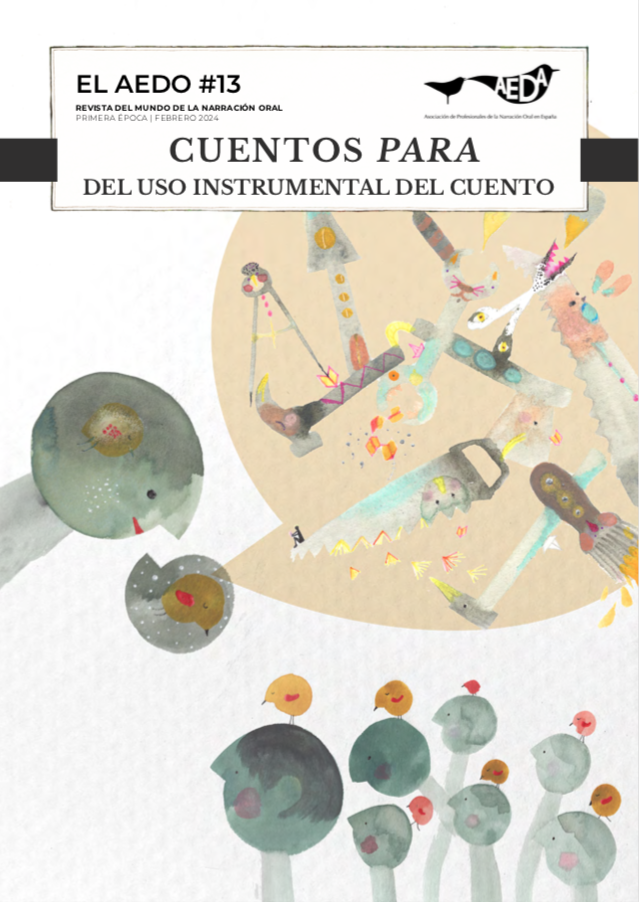The Hero’s Journey of David Ambrose
David Ambrose, Storyteller and Director of Beyond the Border International Storytelling Festival, (Wales, UK), accepted the invitation to be interview for AEDA’s website. Jennifer Ramsay was the interviewer and she elected to follow the structure of ‘The Hero’s Journey’, a common structure in traditional wonder tales. We hope you enjoy reading the interesting result.

Once upon a time there was a young man called David who had a flare for organizing events. David loved bringing people together and he dreamed of creating a space for artists to interact with enthusiastic audiences. He would often venture out into the underground alternative Arts scene in London and Guildford to be with like-minded people. The freedom of this experimental rebellion against the normal, straight arts scene opened up a whole new world. His dream became reality when he became director of multi-disciplinary Art Centre in the south of England and he dedicated his time and energy to organizing events there for many years.











